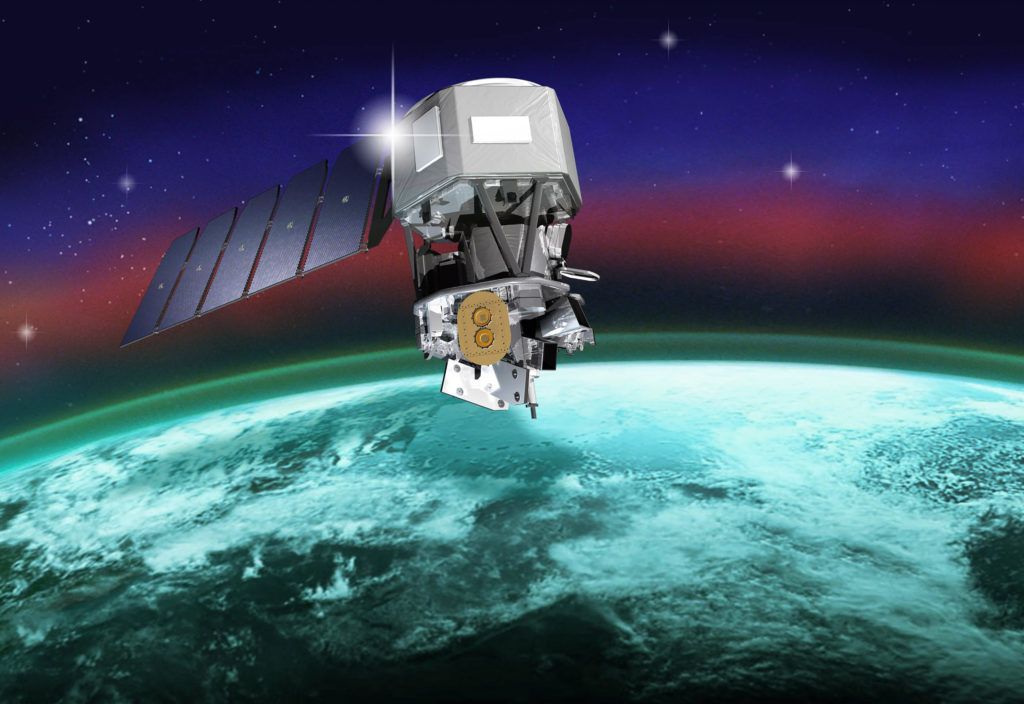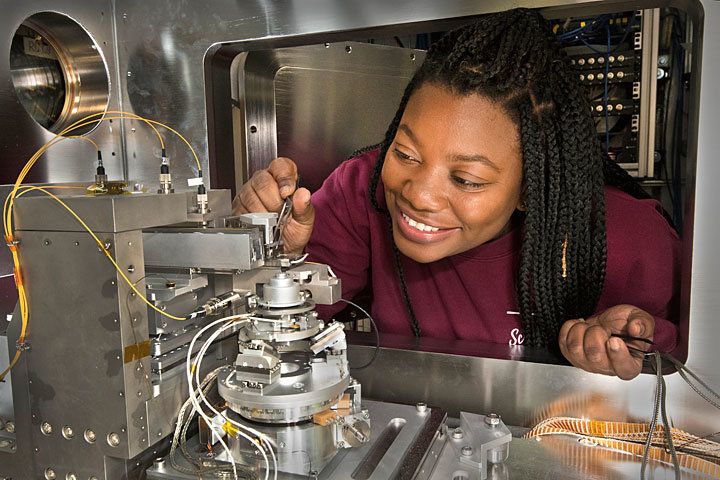Why You Want It: Apple gear is pretty much uniformly high quality. The AirPods are no exception, providing users with reliable Bluetooth connection, great sound, an ingenious charging case, plus those amazing looks. The problem is the cost. You spring for these Air Buds because they provide all of the features you get with the brand name, for a fraction of the price—especially on this current discount.
The Deal: A great deal at the $99 MSRP, you can currently buy these for just $36.99 after a 62% discount at the Inverse Shop.
Inverse may receive a portion of sales from the post above, which was created independently from Inverse’s editorial and advertising team.









